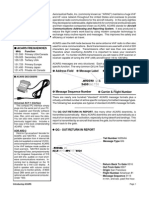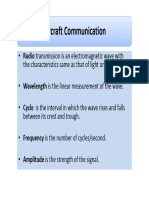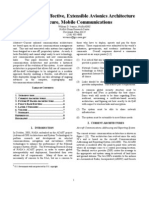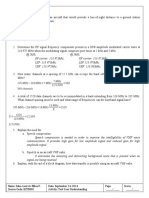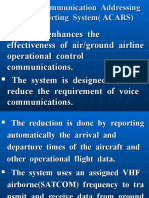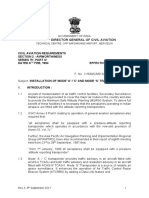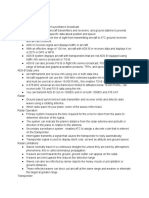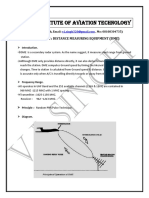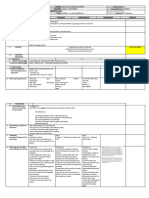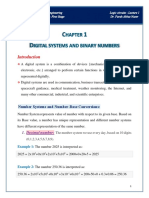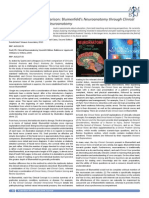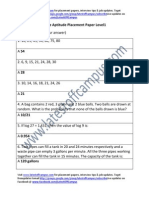0% found this document useful (0 votes)
18 views4 pagesNote
The document provides an overview of various aircraft communication systems, including ACARS, AIRCOM, HF, VHF, and TCAS, detailing their frequency ranges, operational modes, and functionalities. ACARS facilitates message transmission between aircraft and ground stations, while AIRCOM focuses on operational flight information. TCAS serves as a backup system for air traffic control, offering traffic alerts and resolution advisories to enhance flight safety.
Uploaded by
Metal BirdCopyright
© © All Rights Reserved
We take content rights seriously. If you suspect this is your content, claim it here.
Available Formats
Download as PDF, TXT or read online on Scribd
0% found this document useful (0 votes)
18 views4 pagesNote
The document provides an overview of various aircraft communication systems, including ACARS, AIRCOM, HF, VHF, and TCAS, detailing their frequency ranges, operational modes, and functionalities. ACARS facilitates message transmission between aircraft and ground stations, while AIRCOM focuses on operational flight information. TCAS serves as a backup system for air traffic control, offering traffic alerts and resolution advisories to enhance flight safety.
Uploaded by
Metal BirdCopyright
© © All Rights Reserved
We take content rights seriously. If you suspect this is your content, claim it here.
Available Formats
Download as PDF, TXT or read online on Scribd
/ 4











